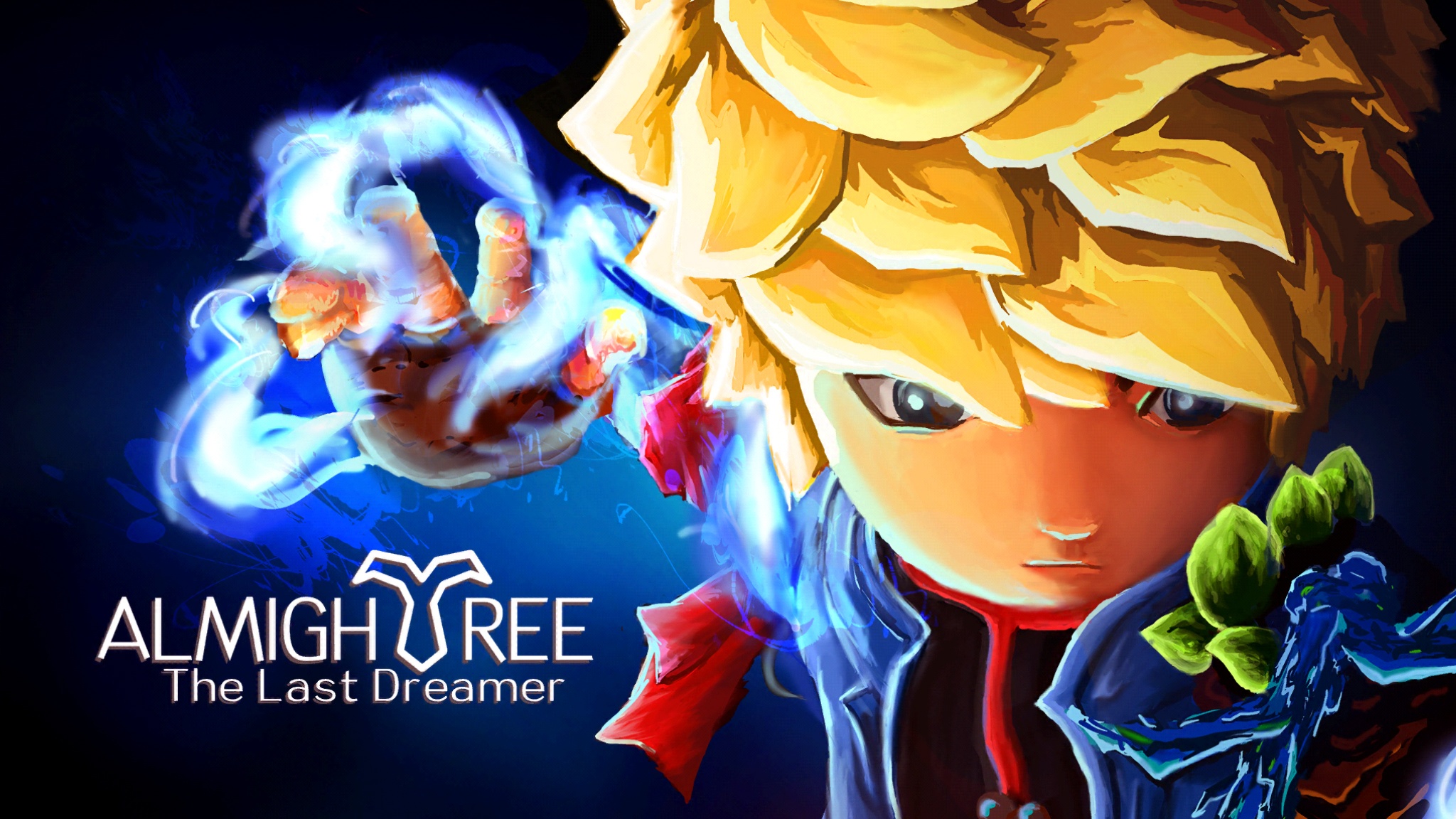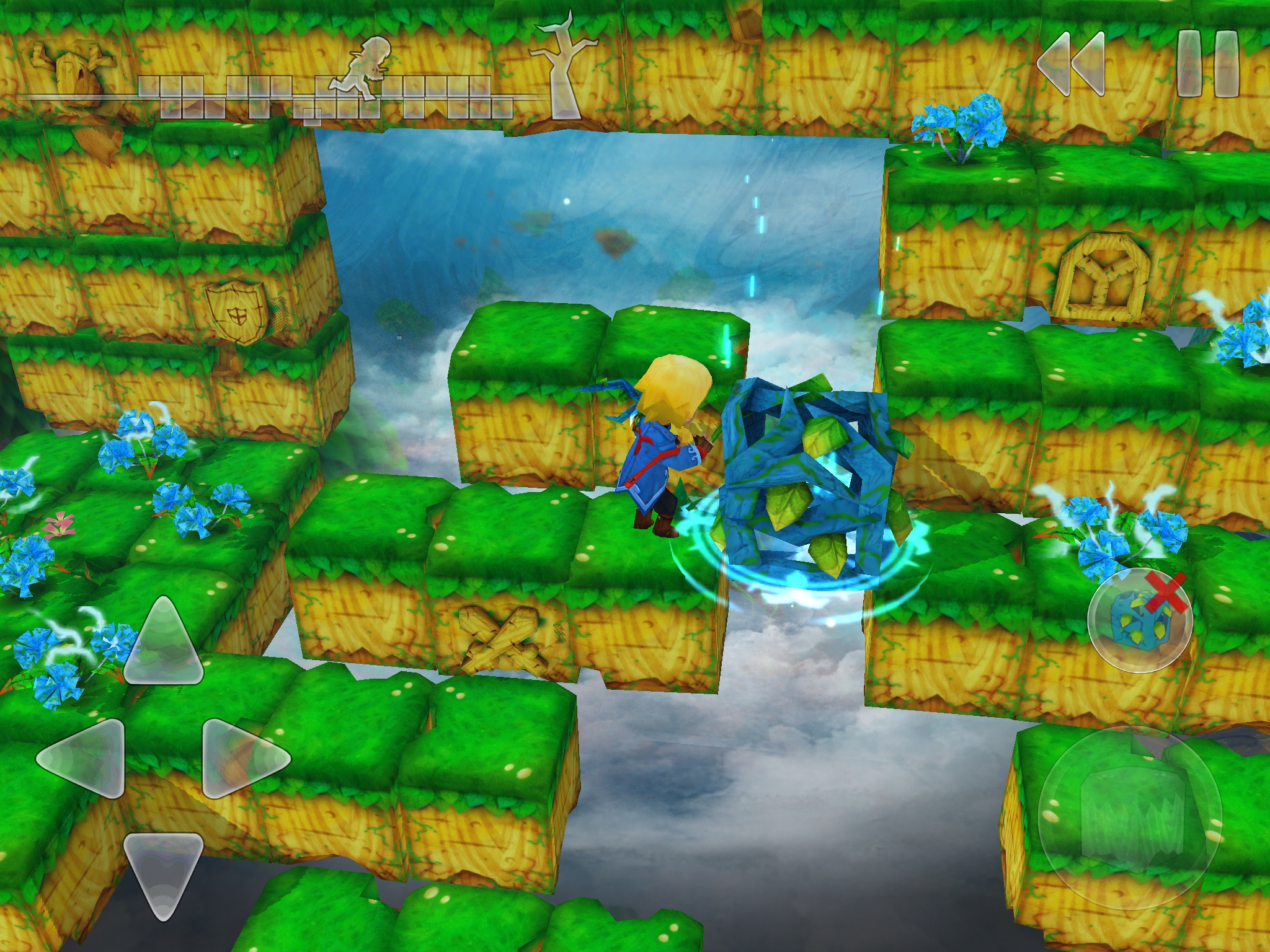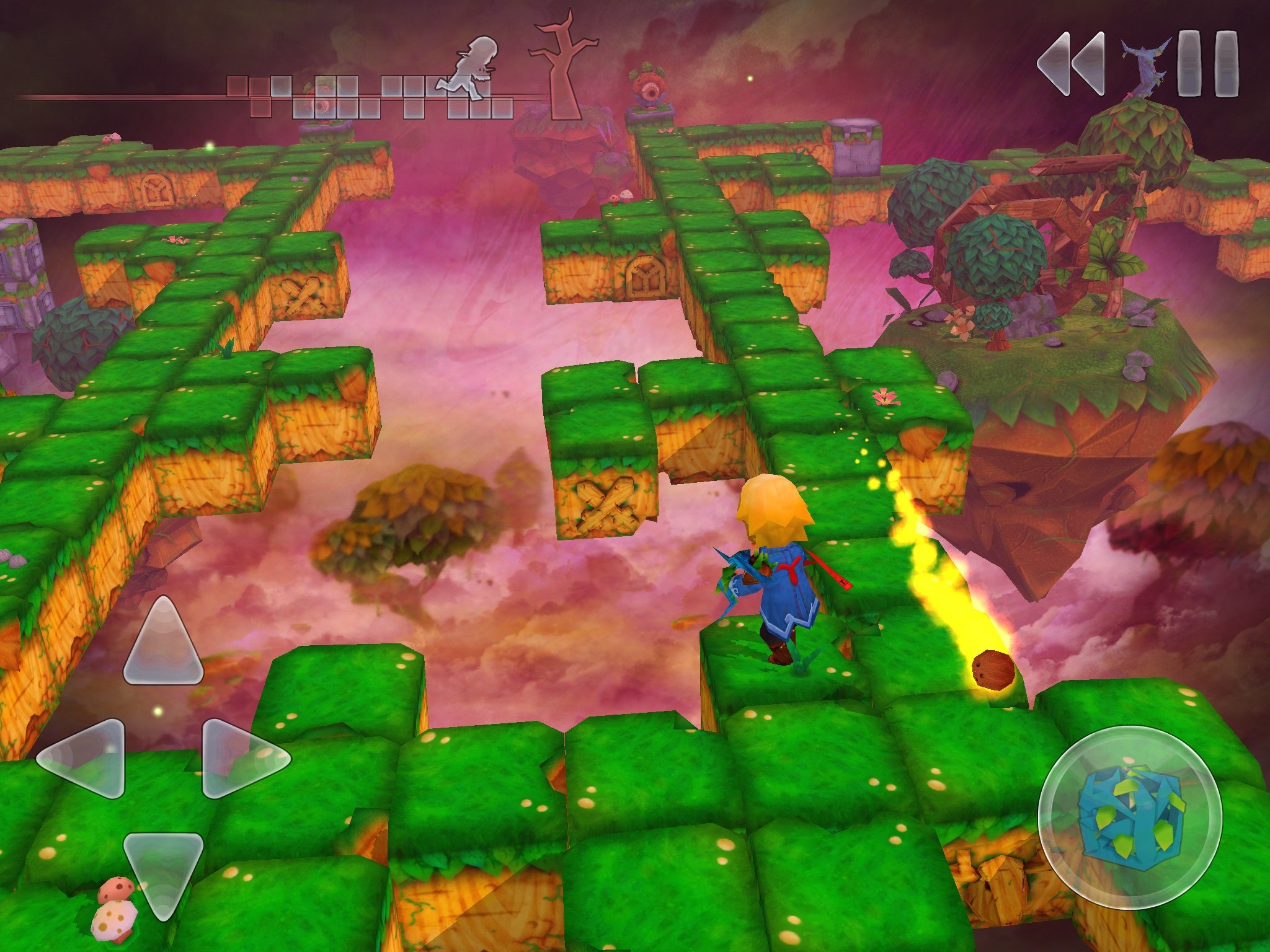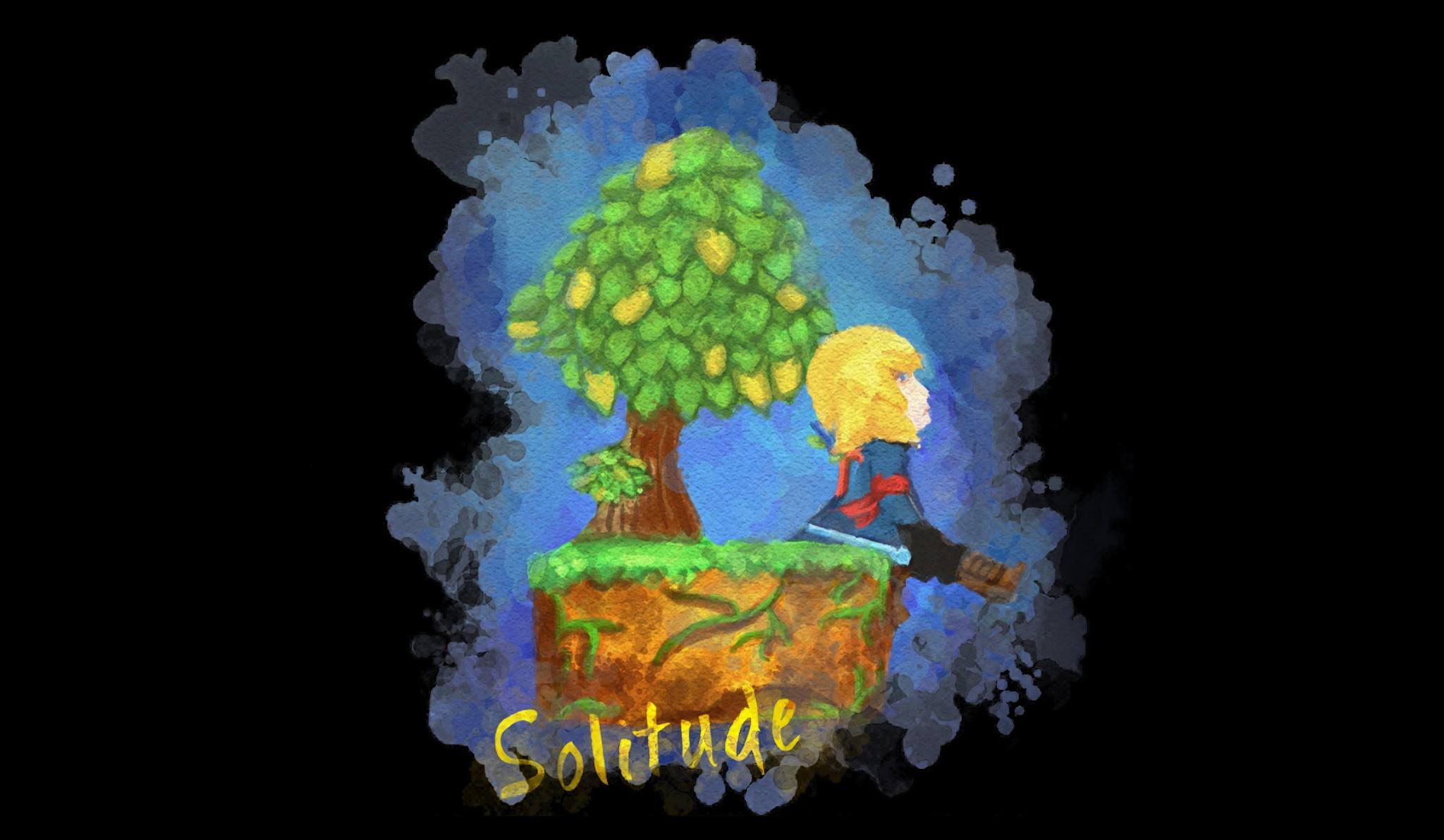- Wondering how to get Monopoly GO! free rolls? Well, you’ve come to the right place. In this guide, we provide you with a bunch of tips and tricks to get some free rolls for the hit new mobile game. We’ll …
Best Roblox Horror Games to Play Right Now – Updated Weekly
By Adele Wilson
Our Best Roblox Horror Games guide features the scariest and most creative experiences to play right now on the platform!The BEST Roblox Games of The Week – Games You Need To Play!
By Sho Roberts
Our feature shares our pick for the Best Roblox Games of the week! With our feature, we guarantee you'll find something new to play!Type Soul Clan Rarity Guide – All Legendary And Common Clans Listed!
By Nathan Ball
Wondering what your odds of rolling a particular Clan are? Wonder no more, with my handy Type Soul Clan Rarity guide.
Almightree: The Last Dreamer Review – Skyward Split
Almightree is a 3D puzzle platformer loosely inspired by the Legend of Zelda series. While this inspiration is apparent in certain aesthetic choices, such as its young blonde protagonist and an enemy deku scrub doppelganger, its gameplay revolves around strictly …

Almightree is a 3D puzzle platformer loosely inspired by the Legend of Zelda series. While this inspiration is apparent in certain aesthetic choices, such as its young blonde protagonist and an enemy deku scrub doppelganger, its gameplay revolves around strictly level-based puzzles that forgo action adventuring in favor of fast-paced mental challenges.
These levels are actually more reminiscent of the nightmare stages from Catherine, pitting our non-Link—known through Almightree only as “Dreamer”—against a crumbling world of blocks that must be traversed before they fall out from under him. As Dreamer travels through the quickly deteriorating world, new obstacles and methods of circumventing them are introduced and added to the player’s puzzle-solving repertoire.

We first meet Dreamer after his sky-suspended world has already begun to crumble and fall apart, as he races to get away from the destruction caused by an unknown evil. His family and neighbors are missing, leaving Dreamer trapped in a beautiful but abandoned land of destruction. His only hope is the legendary Almightree and its many saplings, which have the power to uphold sections of the world before they disappear. Dreamer is able to awaken these saplings by transferring some of his life force to them, but he must first reach them across the quake-ridden land.
The player’s goal in each of the game’s current 20 levels is to reach the Almightree sapling stationed at the end of the stage so that Dreamer can salvage some part of his dying world. Doing so requires traversing the block-based land and using Dreamer’s in-game ability, “plantsportation,” in order to create paths where none previously existed. Plantsportation allows the player to move a single block of land from one spot to another, bridging gaps, building stairs, and obstructing projectiles so that Dreamer may move forward. Since our protagonist cannot jump and can only climb or fall a single block’s height at a time—similar to the hero of Oceanhorn—he will often need to create short bridges to pass even small fissures in the land.
Although Dreamer has only plantsportation at his disposal, he will need to use this ability to bypass a variety of obstacles in addition to building pathways. Almightree introduces new challenges gradually, pitting Dreamer against electrified flowers, thorny plant walls, unmovable metal blocks, and even coconut-spewing shrubs. These obstacles require a combination of well-timed maneuvering and plantsportation in order to pass unhindered, but thankfully do not actually hurt our hero in any way—they only slow him down, draining seconds from the stage’s clock.
That clock is tied to the crumbling world and is the only thing that can actually end your attempt: as Dreamer progresses through a stage, the blocks behind him will continue to collapse, leaving only empty air in their wake. If the destruction catches up to him, the level is failed. The faster you complete a level—and thus, the more world-blocks that remain—the higher your score.

On Hard difficulty, this creates a fast-paced race to the finish that demands quick thinking and equally quick inputs. This is especially difficult at times thanks to Almightree’s touchy controls which rely entirely on the awkwardly spaced virtual d-pad and plantsportation button. A touch-to-move control scheme might have made more sense here, especially since Dreamer will often climb up on blocks you only meant to stand next to, wasting precious seconds. Players who wish to tackle challenges and the control system more leisurely have Easy and Normal options, although the only change between difficulties is the time allotted for completion: levels’ layouts and puzzles remain exactly the same.
This is unfortunate, especially considering the 20 levels included at launch often fall into one of two categories: tall, vertical stages that require a lot of plantsportation step creation or stages focused on one of the other primary challenges, such as the electrified “dandelishock” flower. Despite having a number of clever obstacles available, Almightree hesitates to utilize these simultaneously, which results in a lot of its more interesting ideas being abandoned once a new one is introduced. Only two levels feature our favorite creation, the garlic block, while too many rely on vertical climbs that feel very alike no matter what minute changes may be made to their arrangement.

Left similarly incomplete is Almightree’s potential plot and lore. The game starts off with a lengthy cutscene that seems to set us up for a full-fledged adventure in which the history of this land, its inhabitants, and current fate is explored. But none of this comes up throughout the game outside of individual finger-painted portraits that offer little more than attractive between-level transitions. Each level simply sees Dreamer race to the sapling to then receive an end-stage score more akin to the Candy Crush Saga era than deeper Zelda-style exploration. Even the “ending” leaves us with no answers and what we can only hope is a hint of more to come in future DLC stages.
As it stands, Almightree is a capable puzzle game offering a unique assortment of challenges that fall just short of their potential. With a more varied use of obstacles, alternate control schemes, and better delivery on its promised story, it would grow into much more than a standard puzzle platformer. It will never be a true “Zelda-like”—the gameplay is too different—but with a few improvements, other puzzlers may strive to be “Almightree-likes.”

The good
- A great combination of active, time-based challenge and brain-teasing maze block puzzles.
- A beautiful world accompanied by a stirring, albeit too short, soundtrack.
- An interesting array of obstacles, such as the dandelishock and coconacannon.

The bad
- Controls are touchy and often result in Dreamer climbing on blocks accidentally.
- Each level typically focuses on one type of challenge and rarely offers a varied mix of puzzles.
- Bits of lore are introduced but never built upon.
More articles...
Monopoly GO! Free Rolls – Links For Free Dice
By Glen Fox
Wondering how to get Monopoly GO! free rolls? Well, you’ve come to the right place. In this guide, we provide you with a bunch of tips and tricks to get some free rolls for the hit new mobile game. We’ll …Best Roblox Horror Games to Play Right Now – Updated Weekly
By Adele Wilson
Our Best Roblox Horror Games guide features the scariest and most creative experiences to play right now on the platform!The BEST Roblox Games of The Week – Games You Need To Play!
By Sho Roberts
Our feature shares our pick for the Best Roblox Games of the week! With our feature, we guarantee you'll find something new to play!Type Soul Clan Rarity Guide – All Legendary And Common Clans Listed!
By Nathan Ball
Wondering what your odds of rolling a particular Clan are? Wonder no more, with my handy Type Soul Clan Rarity guide.







